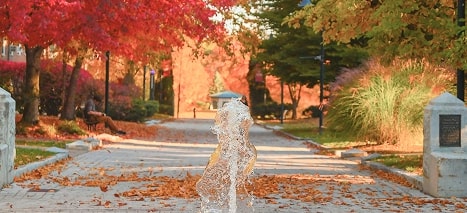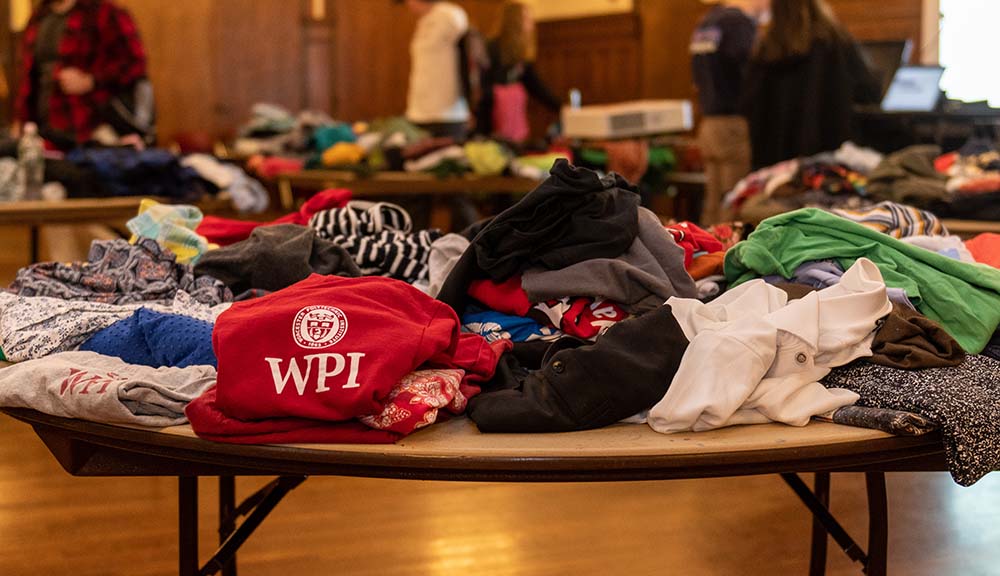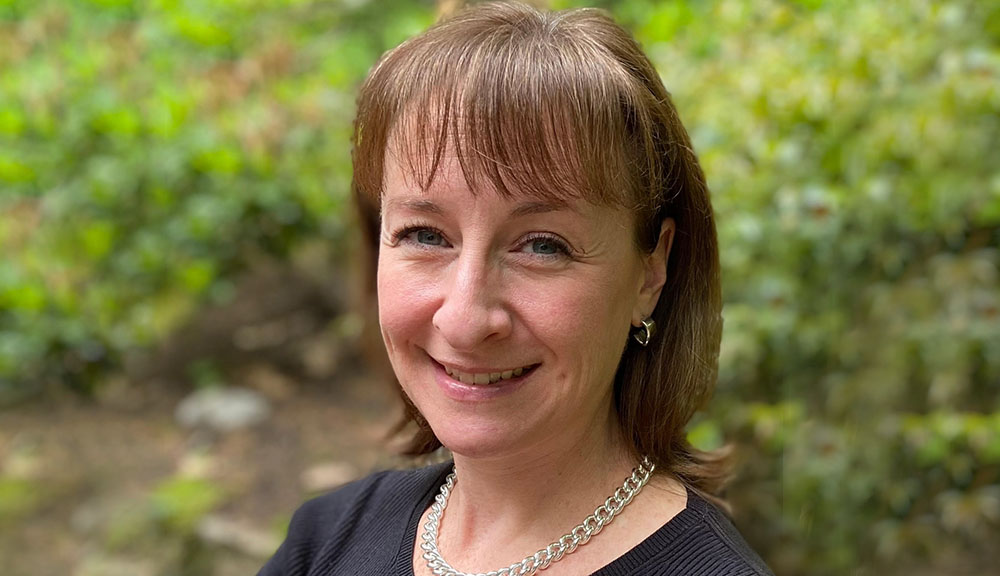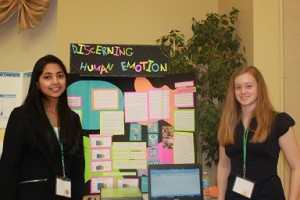
The Worcester Regional Science and
Engineering Fair, high school division, will be
held tomorrow at the Campus Center Odeum.
Science, engineering, and the contemporary world have a symbiotic, evolving relationship, with influence flowing in both directions – need prompts study, study propels innovation.
This process is evident down to one of the disciplines’ essential, age-old building blocks: The science fair.
“The progress of science can be tracked by the projects students choose to do,” said Nancy G. Degon, retired educator and chair of the upcoming annual Worcester Regional Science and Engineering Fair. “Over our 60-year history, you can track interest in space projects when the moon landing occurred, biology projects when DNA was discovered, computer programming projects when the first computers were available to the public. Today students are designing apps and robots, and many projects also involve some aspect that intends to help solve global problems.”
“I am passionate about encouraging students to design and implement STEM inquiry projects.” – Nancy Degon, chair, Worcester Regional Science and Engineering Fair
Ingenuity of all types will be on display at this year’s high school division fair, to be held this Friday at the Campus Center Odeum. (The middle school division, meanwhile, will take place on May 4.)
Judging will begin at 9 a.m., and a final awards ceremony will be held at 5 p.m. in Alden Hall. The competition is open to students in 9th to 12thgrades from numerous public, private, parochial, charter, and home schools in central Massachusetts.
According to Degon, 175 students from 25 schools have signed up so far, and their projects encompass a wide swath of ideas. A few examples: the inhibition effect of garlic extract on colon cancer; generating electricity with a backpack; practical alternatives to persistent pesticides in Haiti; and (particularly timely after this record-setting winter), the effects of road salting on plant germination and growth.
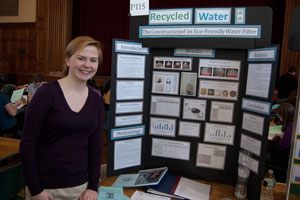
Judging will begin at 9 a.m., and a final
awards ceremony will be held at
5 p.m. in Alden Hall.
Judges will score all projects based on a number of criteria, including originality, consideration of feasibility, application of quantitative and statistical tests, clarity of oral presentation, and effectiveness of visual display.
The benefits of the fair, a nonprofit that has encouraged innovation and experimentation since 1956, are multifold, Degon notes: Students have the opportunity to explain their projects and research and receive feedback from professionals, and they may also meet with like-minded peers.
Teachers have the privilege to contribute and go “above and beyond” their normal duties, while the professionals who serve as judges get a chance to see the ingenuity and interests of the up-and-coming generation of scientists.
“I am passionate about encouraging students to design and implement STEM inquiry projects,” says Degon, a retired chemistry teacher from Auburn High School, where she introduced the school’s first science fair in 1987. She has served as chair of the fair since 1997.
“After all, that is what actual research scientists do, isn’t it?”

The top five scorers in the fair will
qualify for entry in the International
Science and Engineering Fair, to
be held in Pittsburgh in May.
The top five scorers in the fair will qualify for entry in the International Science and Engineering Fair, which will welcome roughly 1,500 students from more than 70 countries to Pittsburgh on May 10. Meanwhile, the 40 top-scored projects will qualify for entry in the Massachusetts State Science and Engineering Fair, to be held May 1 and 2 at the Massachusetts Institute of Technology.
In both cases, Degon explains, students will have access to scholarships, significant monetary awards, and research opportunities.
The 2014 high school winners were from the Massachusetts Academy of Math and Science at WPI; Akshayaa Chittibabu was awarded for her study on the hidden hazards of infant formula, while Jesse Michel was recognized for his math project, “Base 1.5: Analysis of Properties and Relation to the Collatz Conjecture.”
Ultimately, the hope is that the majority of students will go on to make their marks on the world, however big or small.
“Many will continue their journey through science,” said Degon, “thinking outside the box, and providing answers to so many of the scientific questions that may affect all of our lives.”
